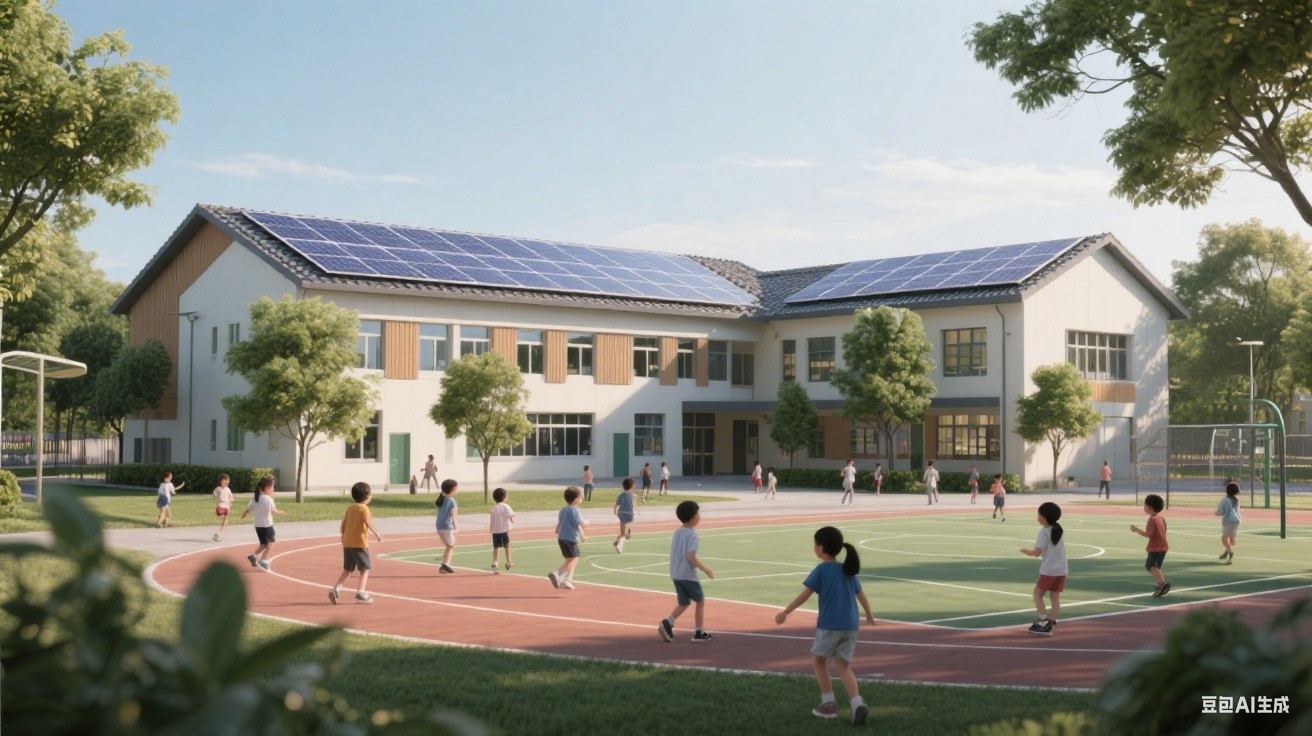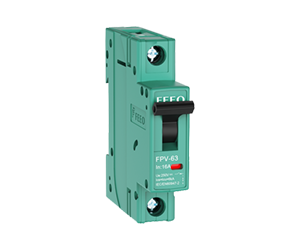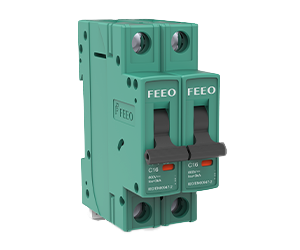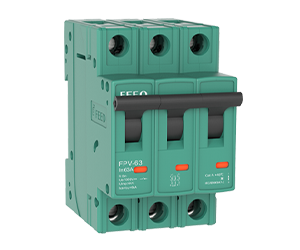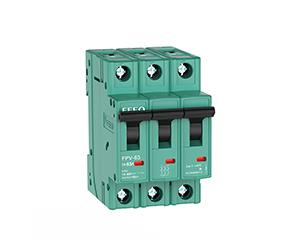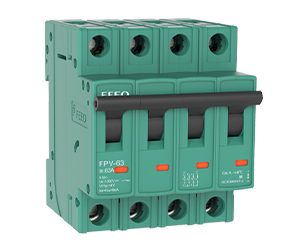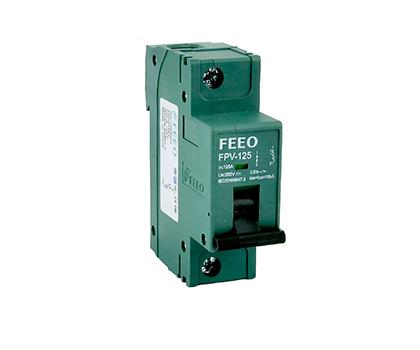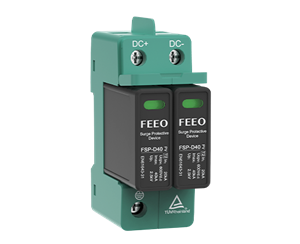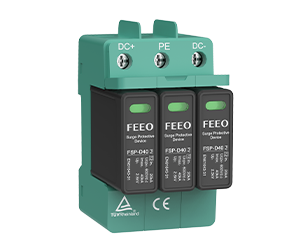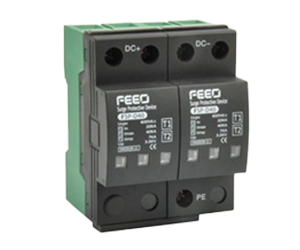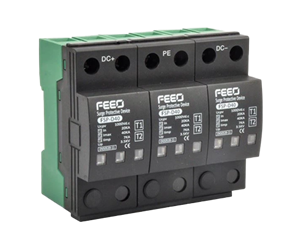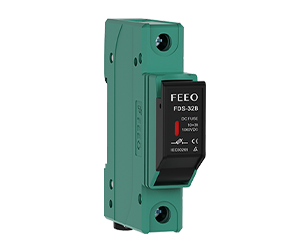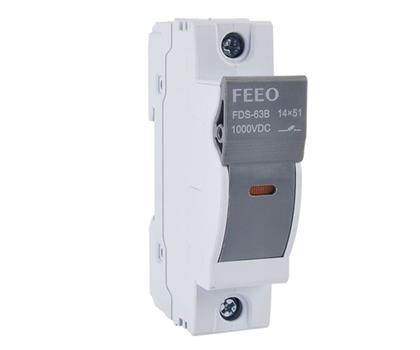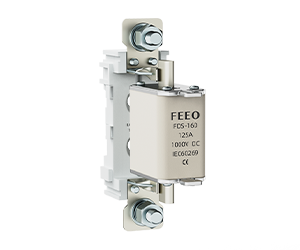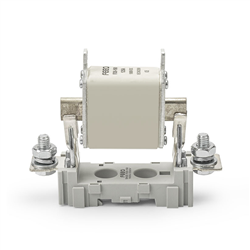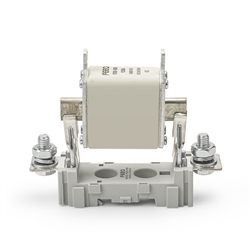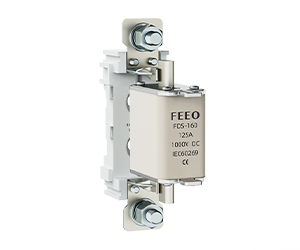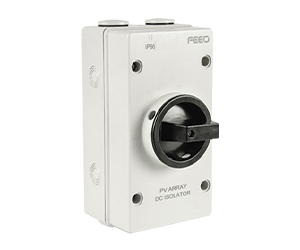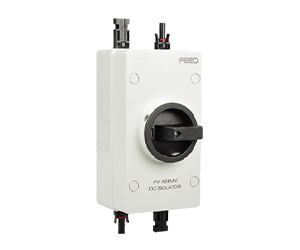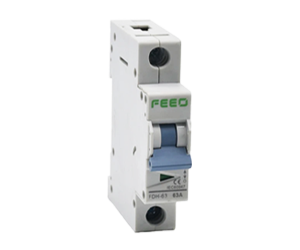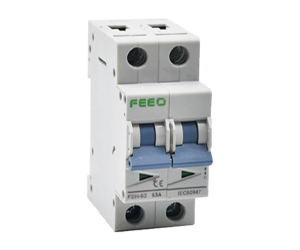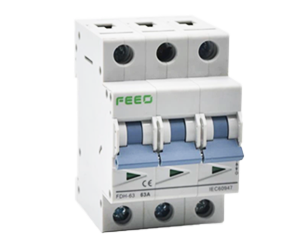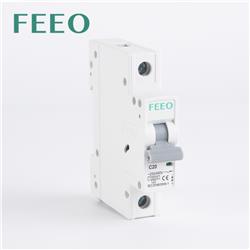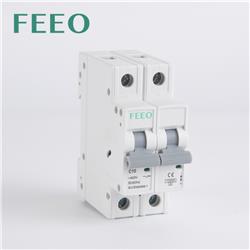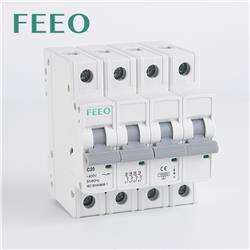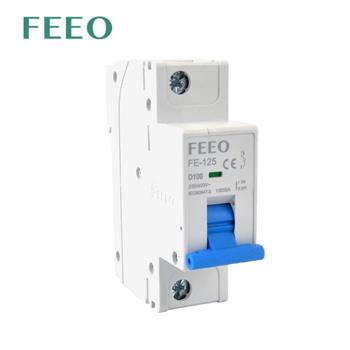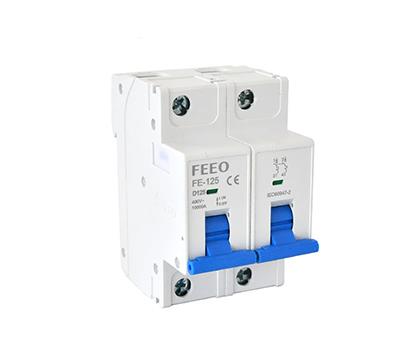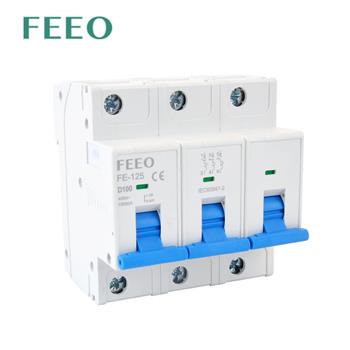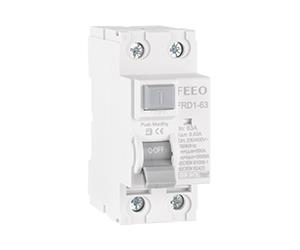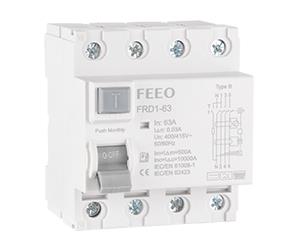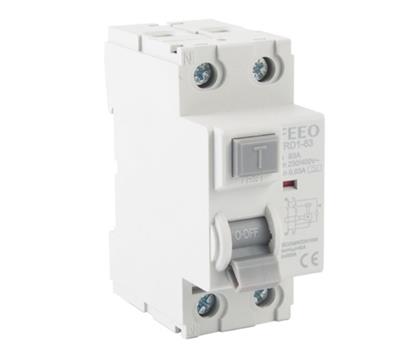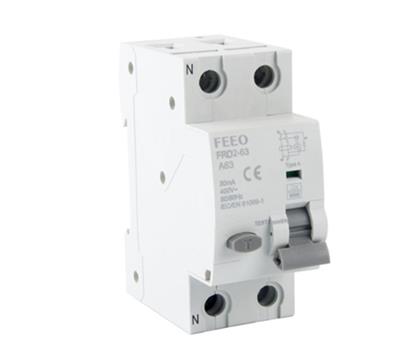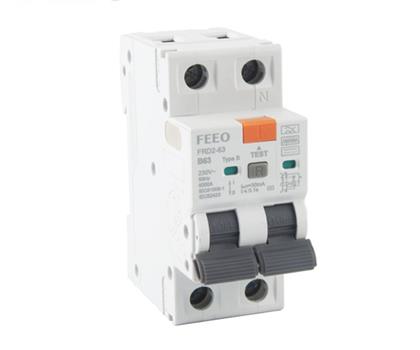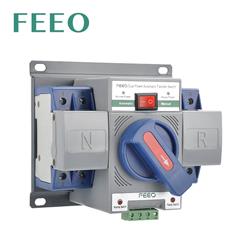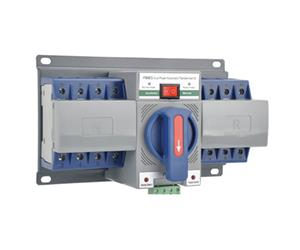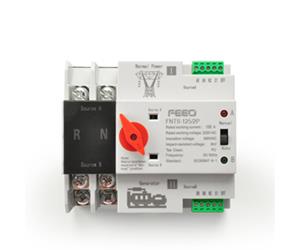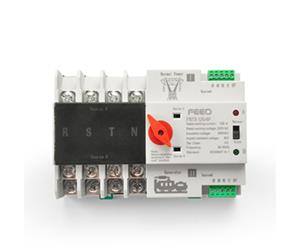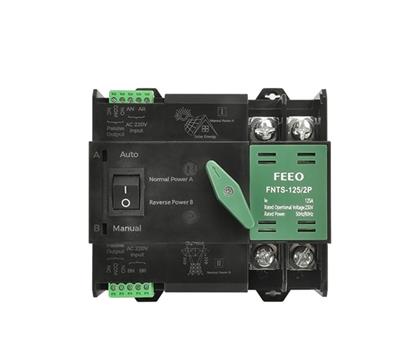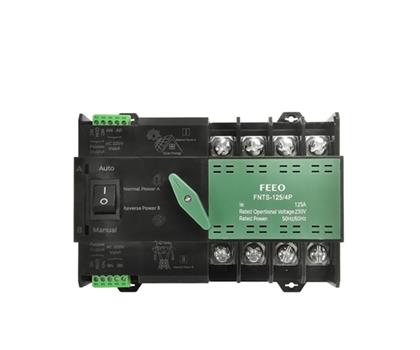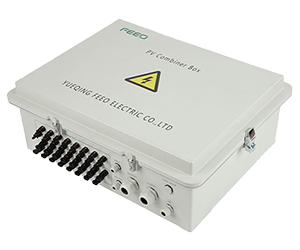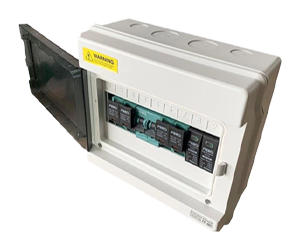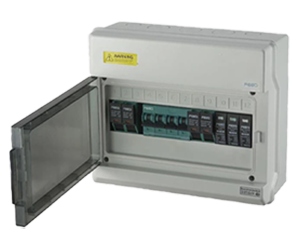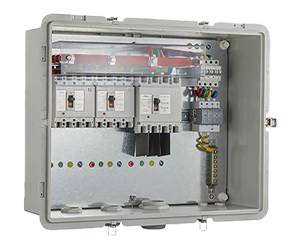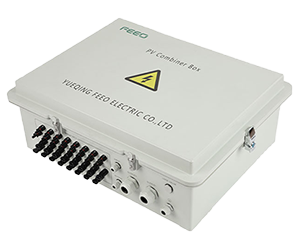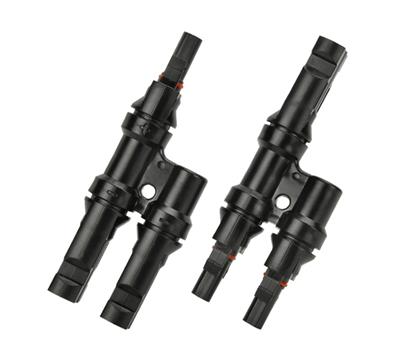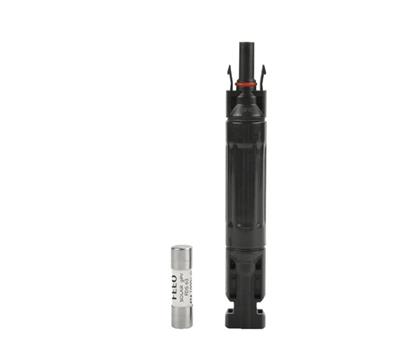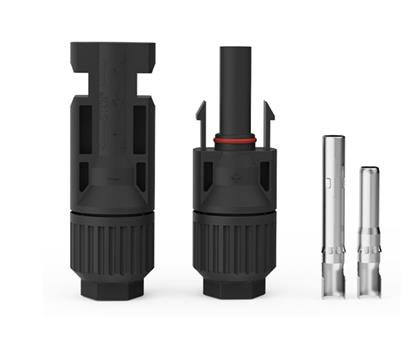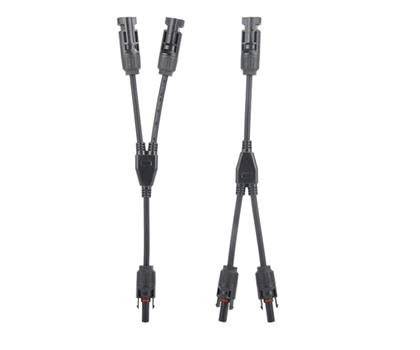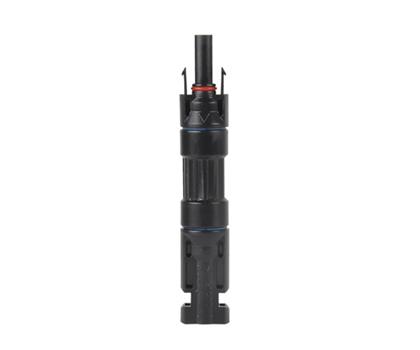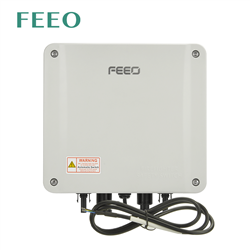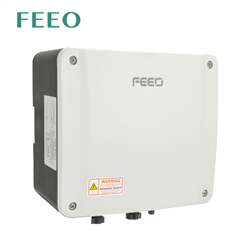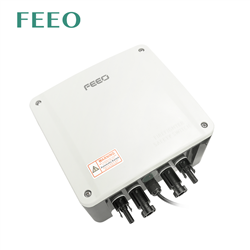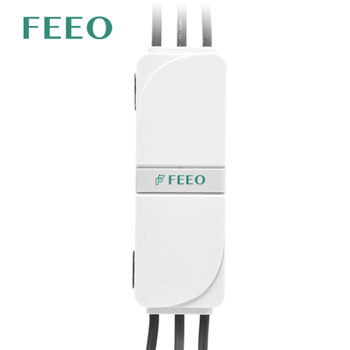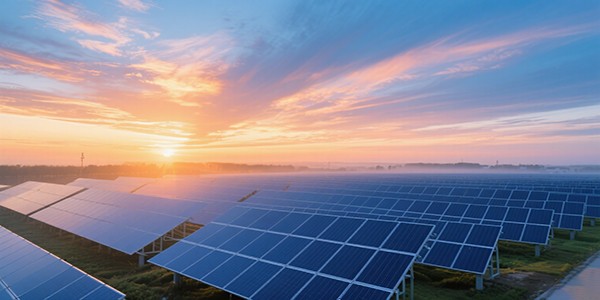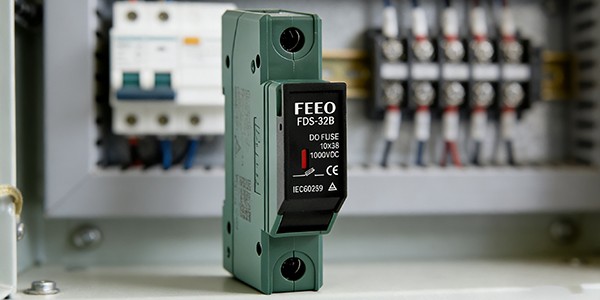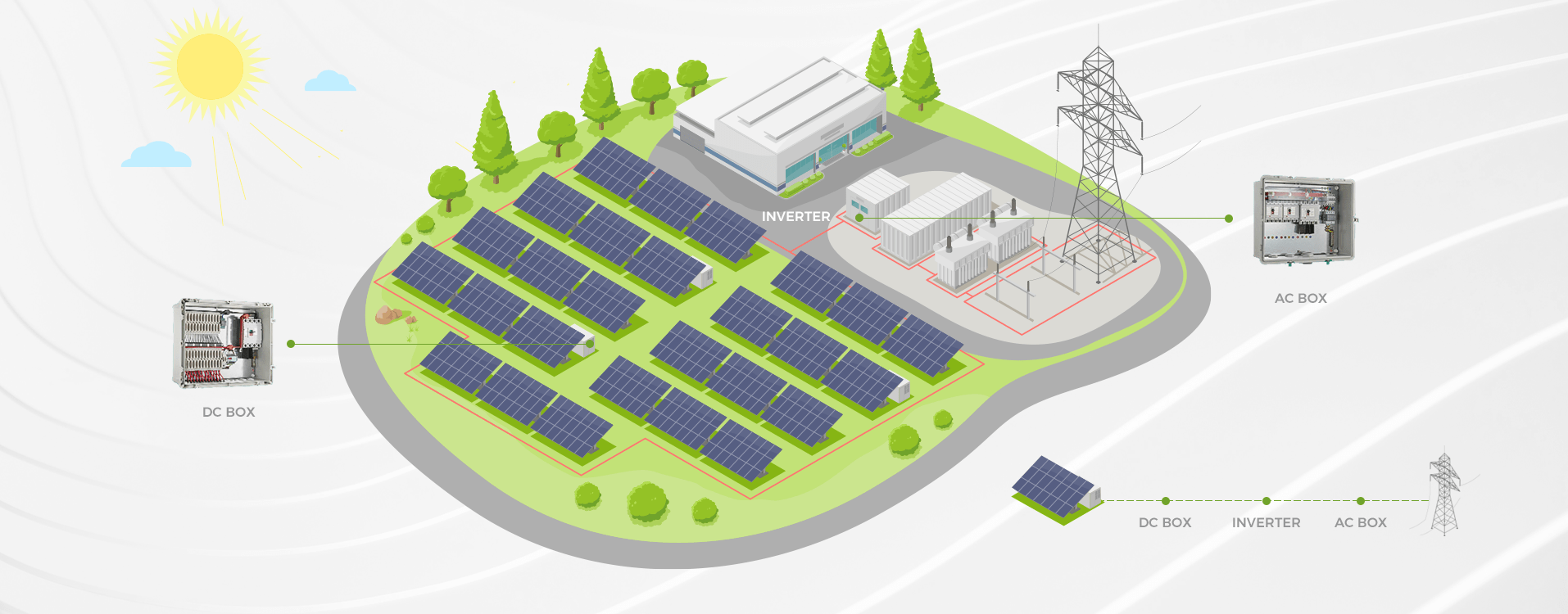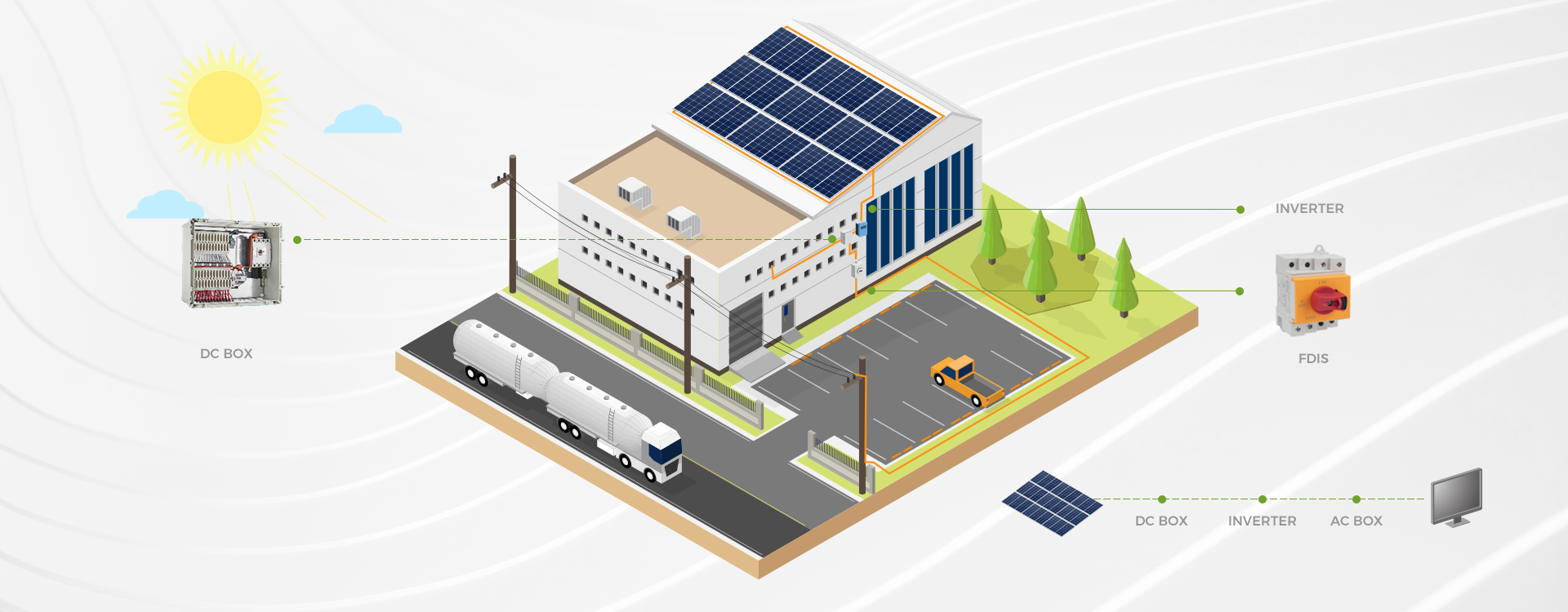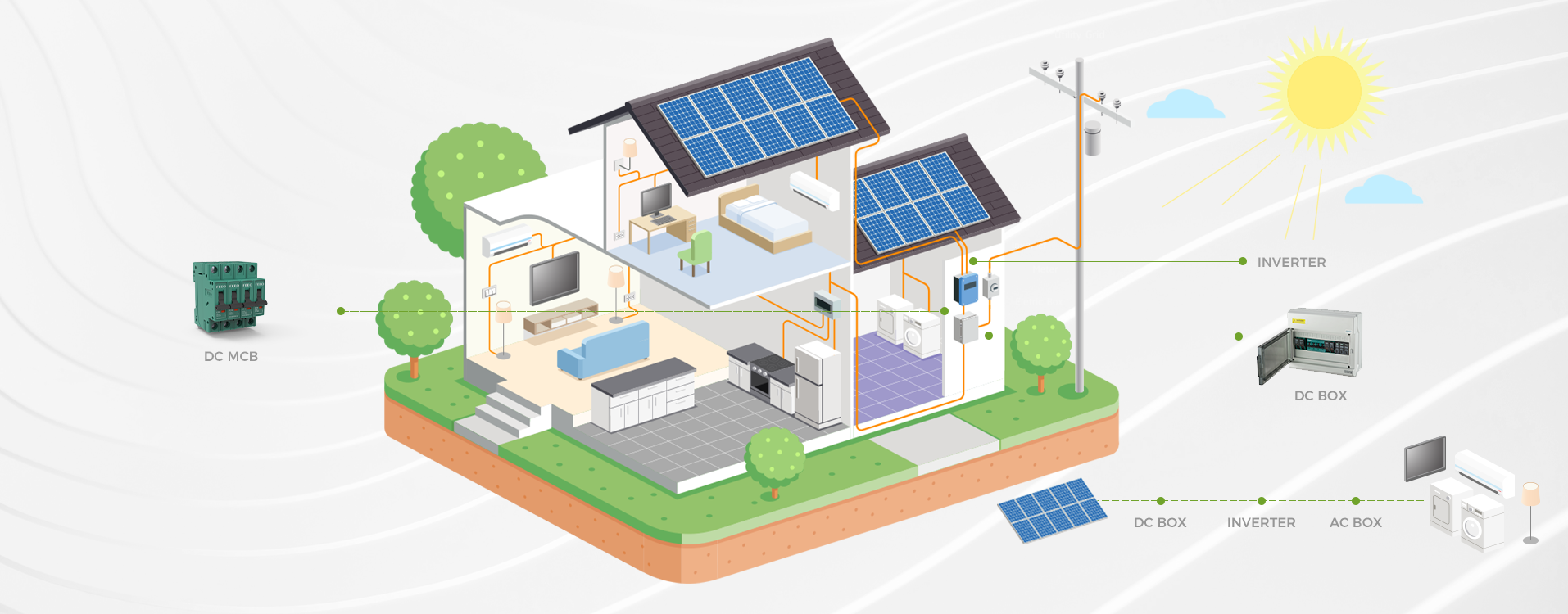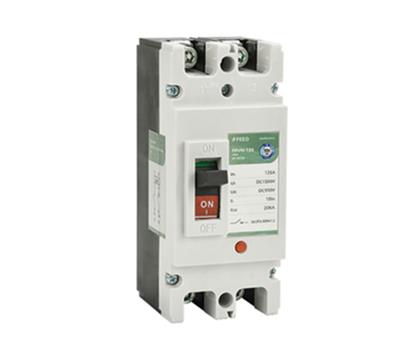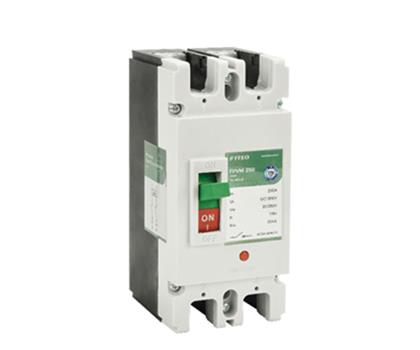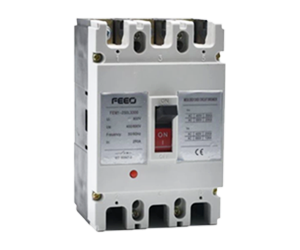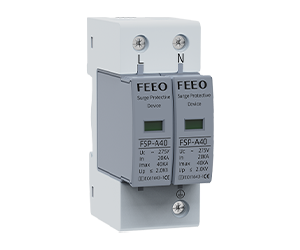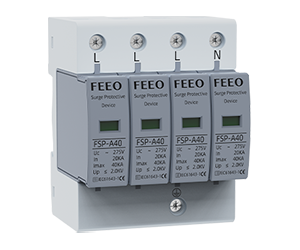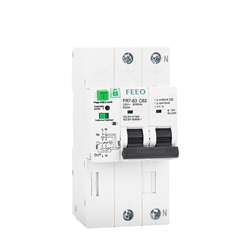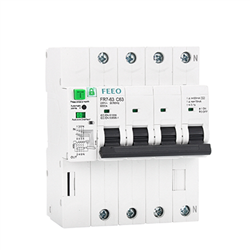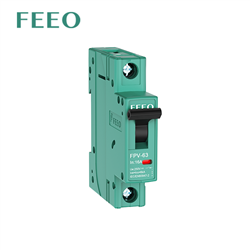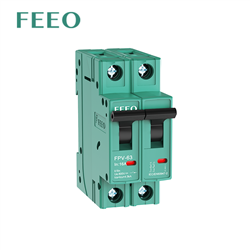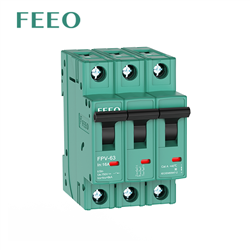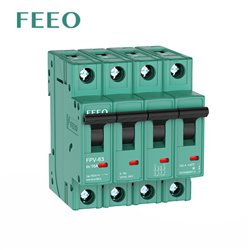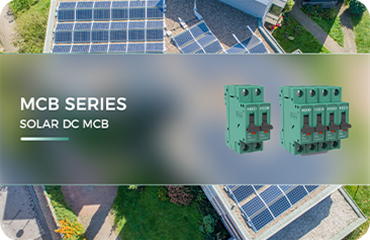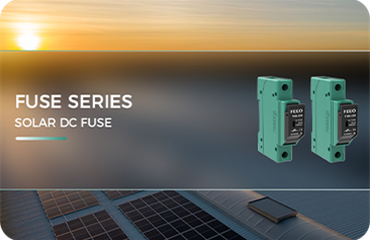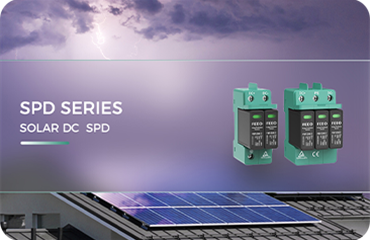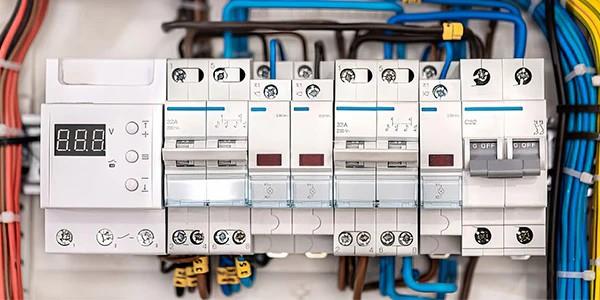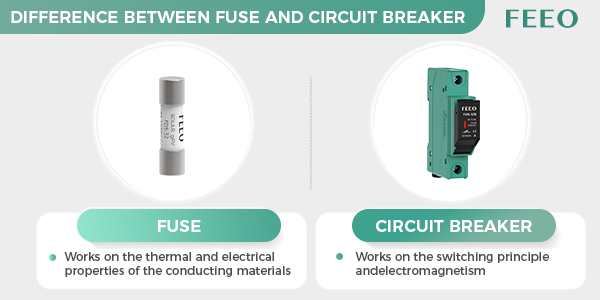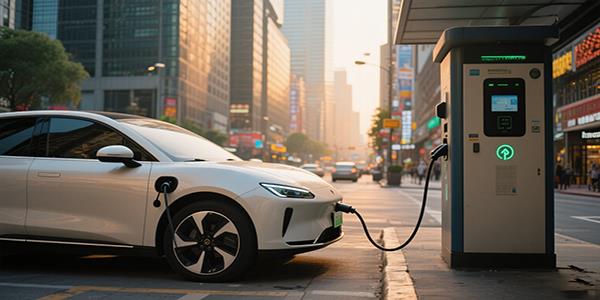As the world shifts toward sustainable development, cities are embracing innovative solutions to reduce carbon emissions and energy consumption. Among these, Building-Integrated Photovoltaics (BIPV) stands out as a transformative technology that merges renewable energy generation with architectural design. Unlike conventional solar panels, which are added to existing structures, BIPV systems are integrated directly into buildings, replacing traditional materials like roofs, facades, and windows with photovoltaic elements. This seamless fusion of form and function is redefining urban landscapes, turning skyscrapers, homes, and public spaces into active energy producers.
The Aesthetics of Energy Efficiency
One of the most compelling aspects of BIPV is its ability to enhance architectural beauty while generating clean energy. Modern BIPV solutions include:
Solar glass facades – Transparent or semi-transparent panels that allow natural light while converting sunlight into electricity.
Photovoltaic roof tiles – Designed to mimic traditional roofing materials while harnessing solar power.
Solar shading systems – Dual-purpose structures that reduce glare and heat while producing energy.
Architects and developers no longer have to choose between sustainability and design. Instead, BIPV enables sleek, energy-positive buildings that contribute to a city’s visual appeal and environmental goals.
Economic and Environmental Benefits
Beyond aesthetics, BIPV offers tangible financial and ecological advantages:
Reduced energy costs – Buildings generate their own electricity, lowering dependence on the grid.
Lower carbon footprint – By replacing fossil fuel-based power, BIPV helps cities meet climate targets.
Increased property value – Energy-efficient buildings attract higher market demand.
Cities like Copenhagen, Singapore, and Barcelona are already leading the way, incorporating BIPV into everything from corporate towers to residential complexes. Even historic buildings are being retrofitted with custom photovoltaic solutions that preserve their heritage while modernizing energy use.
The Future of Urban Energy
As solar technology advances, BIPV systems are becoming more efficient, affordable, and versatile. Emerging innovations include:
Colorful and customizable PV panels – Allowing architects to match any design aesthetic.
Smart energy storage integration – Enhancing self-sufficiency by storing excess solar power.
Self-cleaning and anti-reflective coatings – Improving performance in urban environments.
With global urbanization on the rise, BIPV is set to become a standard feature in smart cities, transforming buildings from passive structures into dynamic energy hubs. The cities of tomorrow will not just consume power—they will generate it sustainably, beautifully, and intelligently.
By embracing BIPV, we are not just constructing buildings—we are designing the future of green urban living.
